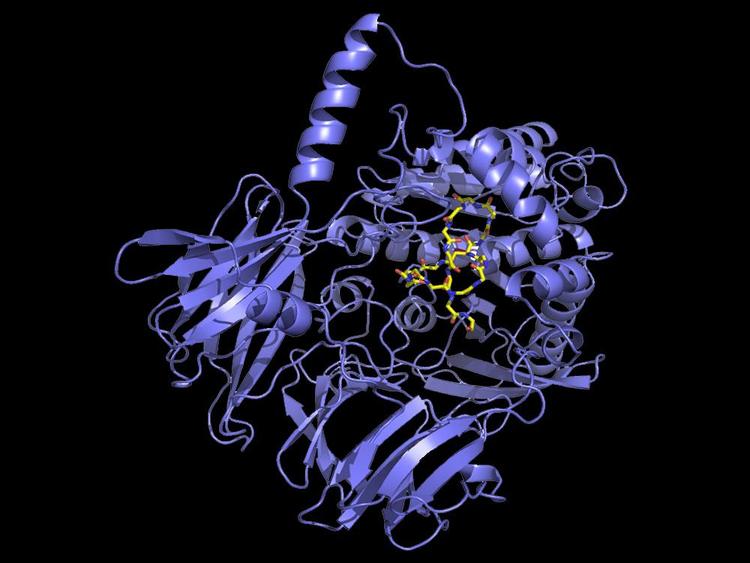Biomolecular Engineering: Pioneering Precision Therapies for Gene Regulation and Drug Delivery

About Course
Biomolecular engineering stands at the vanguard of a revolution in healthcare, enabling therapies that are not only effective but also exquisitely precise. This course explores how scientists are designing biomolecular systems—such as proteins, nucleic acids, and engineered condensates—to control gene expression, deliver drugs directly to diseased tissues, and develop diagnostics that can sense disease at the molecular level. From CRISPR to nanomedicine, and from synthetic biology to computational design, you will journey through the scientific marvels that are redefining how we understand and treat human diseases.
Students will delve into the fascinating world of biomolecular condensates, discover how engineered nanosystems enable targeted therapies, and explore the integration of AI, tissue engineering, and theranostics in the development of futuristic healthcare solutions. With real-world case studies and cutting-edge research, this course offers a unique blend of theory and application, empowering learners to envision—and potentially shape—the next frontier in precision medicine.
Course Content
Introduction
Definition and significance of biomolecular engineering in healthcare and medicine
00:00Overview of the ebook’s content
00:00Evolution of biomolecular engineering
00:00